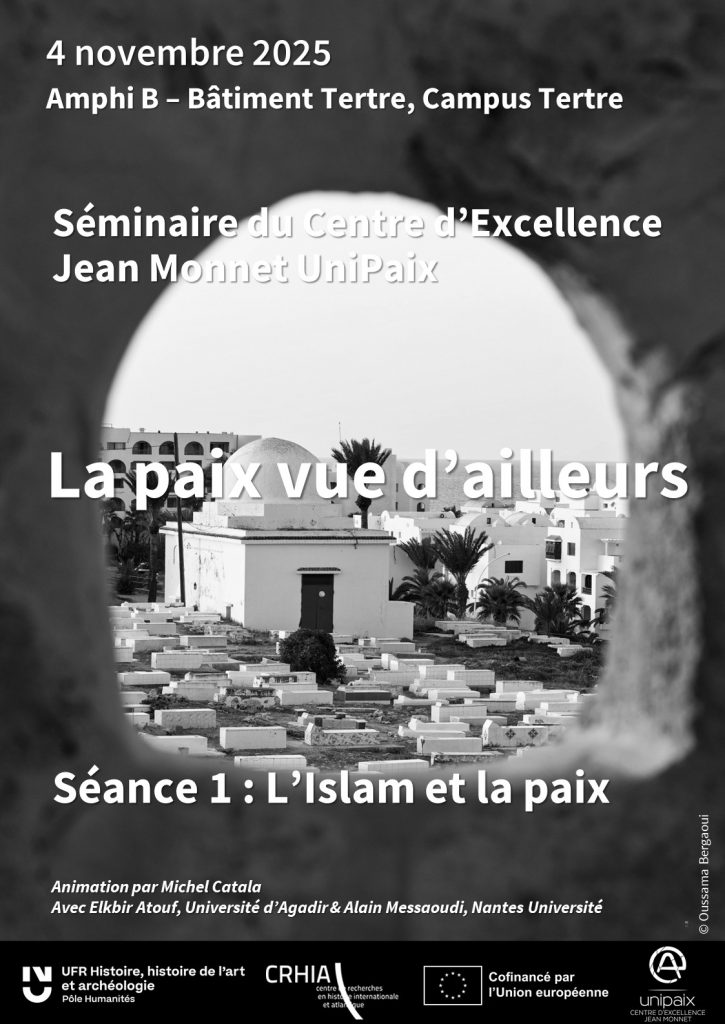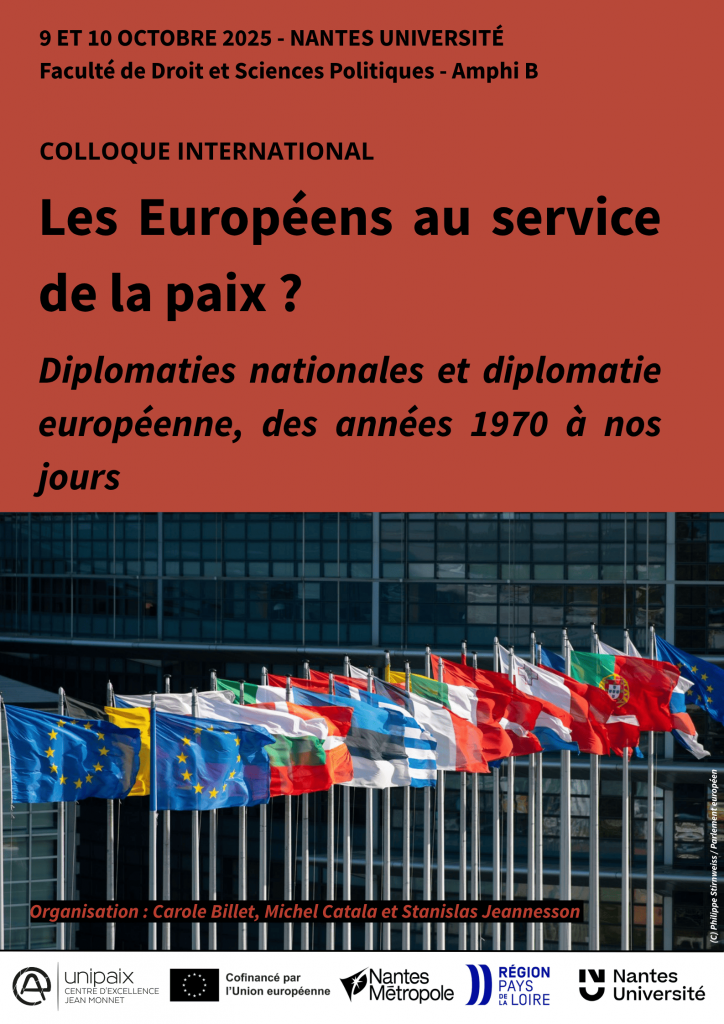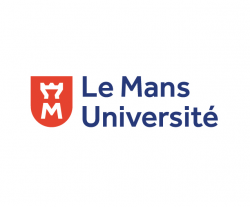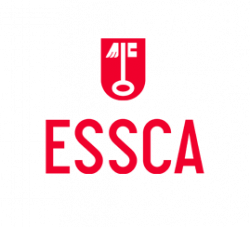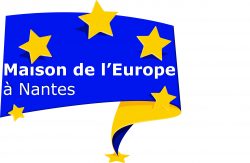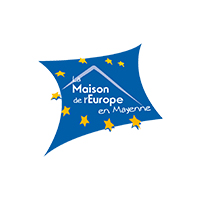Marie Lezowski participera à ce colloque qui se tiendra à Bruxelles du 24 au 26 octobre 2019.
This collective project, gathering scholars from different institutions (KIK-IRPA, UCL, KU Leuven), aims at conducting an iconological and anthropological research devoted to the late medieval and early modern liturgical heritage (called ornamenta sacra during this period) from the Southern Netherlands (1400-1700). It is concerned with different kinds of objects – made of a wide variety of materials and techniques (such as chalices, monstrances, censers, altar vases, candlesticks, chasubles…) – fundamental to the ceremonial and occupying a central place in the religious art of the past. We will investigate the provenance, the nature (material, technical, stylistic, iconographic…) and the evolution of this production in order to better understand its religious, social and artistic importance in a timeframe characterized by profound liturgical transformations and by religious conflicts and reforms.
In this respect, the focus on the Southern Netherlands is particularly relevant. Indeed, due to its location at confessional and cultural borders this region appears to be an interesting vantage point to observe all the reconfigurations of the relationships between art and liturgy. This spatiotemporal framework will allow us to determine to what extent the evolving norms (especially after the Council of Trent and the consecutive Romanisation of the liturgy) but also the politico-religious turmoil (e.g. the Iconoclastic Fury of 1566) had an impact on liturgical practices.
The historical anthropology of the visual, the sensible and the ritual will offer us a methodological framework within which we will consider the material and symbolic nature as well as the spatial and ritual context of these objects, so as to provide a renewed analysis of their forms and functions. We will also build up an original methodology in order to trace the links (in terms of provenance, typology or chronology) between objects that are part of liturgical sets, which today are often dismantled and spread over different collections (museums, private collections, church treasures…).


